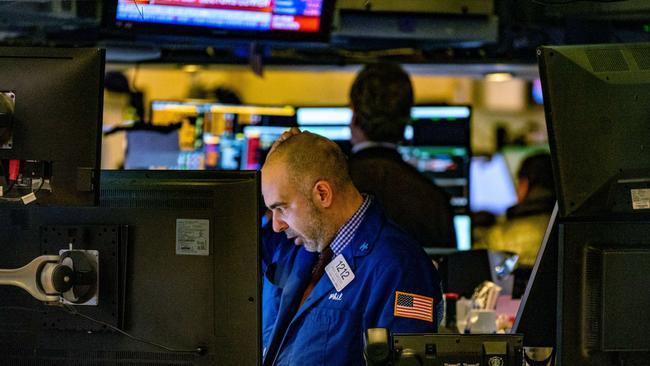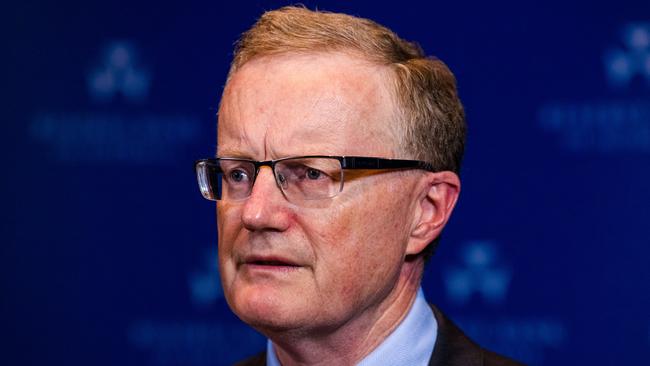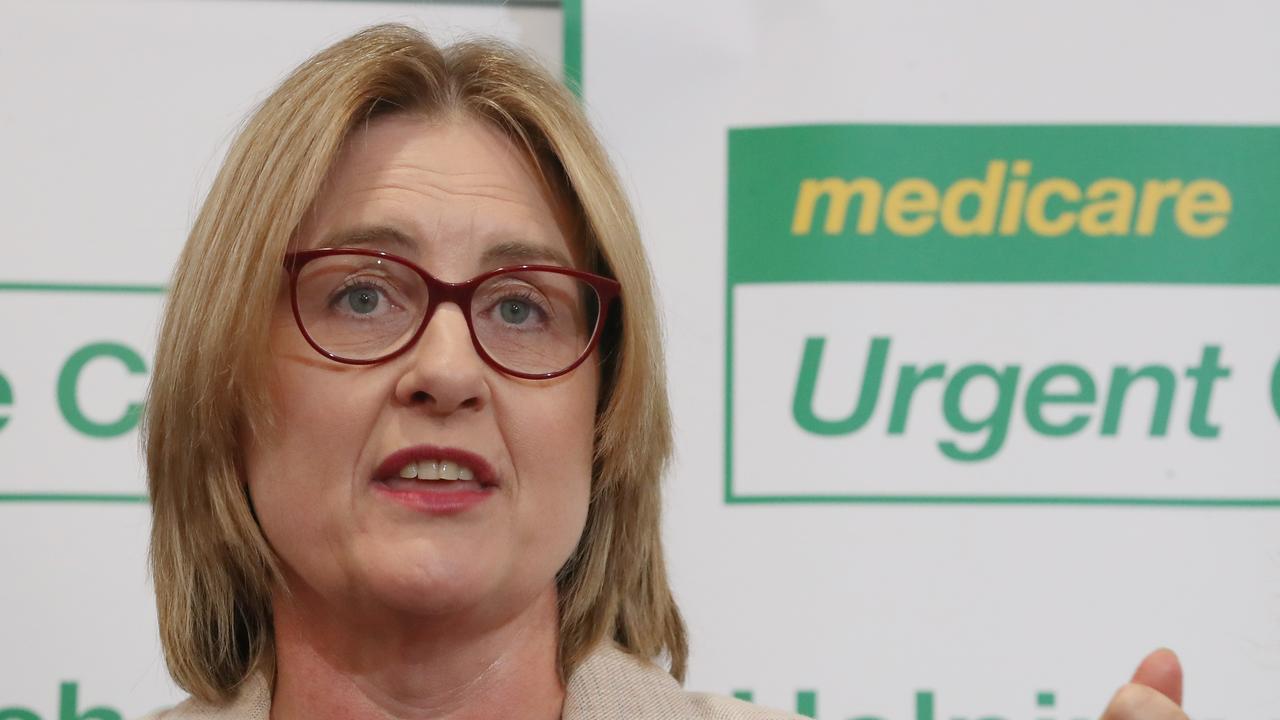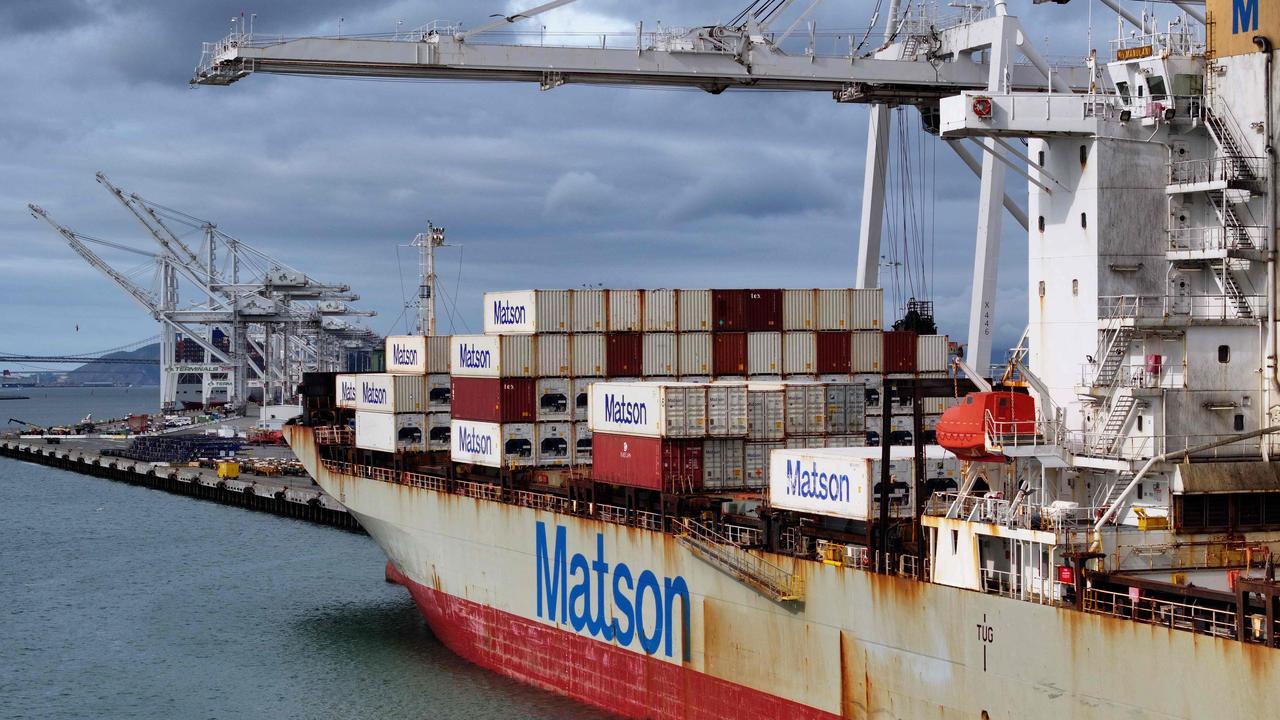
It was sudden and it was sharp. Money from around the world poured into US bonds, sending yields plummeting. The US share market shuddered.
After a long period of trading between 1.5 per cent and 1.6 per cent, the US 10-year bond rate in the last few weeks had slipped below 1.5 per cent, which was a clear danger sign that the US economic recovery might be stalling. Then some disappointing US economic numbers were released during bond trading and the 10-year bond yield plunged to 1.35 per cent, representing its longest streak of declines in 16 months.
Some of the bond buying would have come from the US Federal Reserve but the sheer volume showed the conventional view of forecasters that continued fast US recovery would lead to wage rises and inflation is now under threat.
Given Australia is going through a similar process to the US our Reserve Bank will be watching what happens in the US very closely.
If the US bond market is right then future interest rate rises will be moderated and given the impact the US bond market has on global interest rates, interest rate-sensitive securities around the world will benefit. It’s also good for the housing market.
This week’s Australian superannuation funds bid for Sydney Airport is a good example. I described yesterday that one of the assumptions the funds made in that bid was that interest rates would not skyrocket.
The subsequent fall in the US bond rate came earlier than the superannuation funds would have liked because it will encourage rival bidders for the airport. Lower interest rates boost the value of infrastructure stocks.
Of course the value of Sydney Airport is not just tied to interest rates and the major assumption that the superannuation funds are making is that Australia will enjoy a strong travel recovery once vaccination rates reach a high level.
It’s interesting to compare what is happening in the US to cause the rush to bonds and the trends in Australia.
The latest US numbers showed growth in the service sector slowed by more than expected in June from a record level the prior month. This follows a tick-up in the unemployment rate last week.
Some analysts concluded that not only is the recent US inflation transitory, but maybe some of the growth has also been transitory.
What appears to be holding the US back is that shortages of labour and raw materials are causing unfinished work to continue to pile up.
That’s exactly what’s happening in the building industry in Australia, where builders cannot get materials and there is a chronic shortage of skilled labour. So far there has not been an out-of-control bidding war for talent but rather activity is simply slowing---exactly what is happening in the US.
In Australia, as I explained last week, the timber shortage is caused in part by the actions of state governments to appease inner city green voters, so it is likely to get worse. For the skills shortage to be bridged via training and migration will take time.

Accordingly ahead of us will be a lot of speculation as to whether the US and Australian economies will simply slow because of the shortages, or the shortages will fuel wages and inflation and therefore push interest rates up.
That means we’re going to see further gyrations in the US and Australian bond rates.
Meanwhile the rush of money to US bonds pushed the American dollar higher and the Australian dollar lower. And with the movement of money into the US dollar, gold also edged up and overall US shares were weaker, reflecting the fear of lower-than-expected economic activity.
There is a strong push in the US Federal Reserve to cut back the stimulus at a faster rate. Whatever might have been the views last month, they will now be moderated with an extra element of caution given the latest statistics and bond rate fall.
Here in Australia, Reserve Bank governor Philip Lowe will be smiling because he has had a strong view that interest rates should not be increased markedly until there is clear evidence of a big fall in unemployment and sustained economic recovery.
The danger of this strategy is that by the time a significant economic recovery has moved into the official figures it will be too late. Accordingly much harsher measures will be required. But the latest developments in the US will entrench Lowe’s view that Reserve Bank should not pre-empt the recovery.
Footnote: The attempt by Singapore’s $700 billion state owned company GIC to stop Australians subscribing to the Australian Unity Healthcare fund as part of its controversial bid to control a huge slice of Australian hospitals has failed in the courts. The Singapore giant and its Canadian minority partner NorthWest were ordered the pay costs. I hope the Foreign Investment Review Board will take note.





